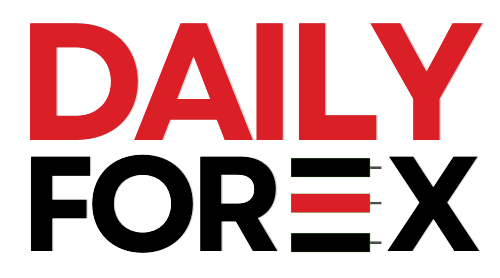The allure of forex trading lies in its accessibility, but what happens if you start trading with just $100? Can you really grow your account, or will you blow it up within a few trades?
This article explores a real-world trading scenario where a trader starts with $100, showing the risks, margin requirements, and the reality of margin calls and stop-outs.
Understanding the Risks of Trading With $100
Forex brokers allow traders to use leverage, which means you can control a large position with a small amount of capital. While this can amplify profits, it also increases the risk of losing your entire balance quickly.
In this scenario, the broker has:
- Margin Call Level: 100%
- Stop Out Level: 20%
This means that if your margin level falls to 100%, you will receive a margin call (warning), and if it drops to 20%, your position will be forcibly closed (stop-out).
Step 1: Depositing Funds & Opening a Trade
Initial Account Setup
- Deposit: $100
- Balance: $100
Trade Details
- Position: Short EUR/USD at 1.2000
- Lot Size: 5 micro lots (5,000 units)
- Margin Requirement: 1%
Required Margin Calculation
- Notional Value: $6,000 (5,000 x 1.2000)
- Required Margin: $60 ($6,000 x 1%)
- Free Margin: $40 ($100 – $60)
- Margin Level: 167%
At this point, everything looks good, but let’s see what happens when the market moves against the trade.
Step 2: EUR/USD Moves 80 Pips Against You
- New Price: 1.2080
- Floating Loss: -$40 (5 micro lots x 80 pips x $0.50/pip)
- New Equity: $60 ($100 – $40)
- New Margin Level: 99% ($60 / $60.40 x 100%)
Since the margin level has dropped below 100%, you receive a margin call, meaning you can no longer open new trades unless you deposit more funds or the market moves in your favor.
Step 3: EUR/USD Drops Another 96 Pips
- New Price: 1.2176
- Floating Loss: -$88
- New Equity: $12 ($100 – $88)
- New Margin Level: 20%
At this point, your margin level reaches the stop-out level, and your broker automatically closes your trade at the market price.
Final Account Status: Blow-Up Confirmed
- Remaining Balance: $12
- % Loss: 88%
Congratulations! You just blew up your trading account after just one trade moving 176 pips against you.
Why Trading With Just $100 Is Extremely Risky
1. High Leverage = High Risk
With a small account, even minor market movements can result in significant losses. A 176-pip move is not uncommon in forex, and it was enough to wipe out almost your entire account.
2. Limited Free Margin
With only $40 in free margin, even a small move against your trade can trigger a margin call or stop out, leading to forced liquidation.
3. No Room for Risk Management
With just $100, you can’t diversify your trades, set reasonable stop-loss levels, or properly manage risk. Essentially, you’re gambling, not trading.
Is There a Safe Way to Trade With a Small Account?
Yes! If you only have $100 to start, consider these safer approaches:
1. Trade Micro or Nano Lots
Instead of 5 micro lots, trade 1 micro lot (1,000 units) or even nano lots to reduce risk exposure.
2. Use Proper Risk Management
- Never risk more than 1-2% per trade.
- Place reasonable stop-loss orders to prevent excessive losses.
3. Avoid Overleveraging
Using too much leverage leads to rapid account depletion. Stick to lower leverage (e.g., 1:10 or 1:20).
4. Demo Trade First
If you’re new, practice with a demo account before risking real money.
Conclusion: Should You Trade Forex With $100?
Technically, yes, but realistically, no. With high leverage and low capital, the risk of losing everything quickly is almost guaranteed. If you’re serious about trading, start with a larger balance ($500-$1,000+), use proper risk management, and never overleverage.
🔹 Want daily forex updates, strategies, and expert insights? Bookmark www.dailyforex.pk and stay ahead in the forex market!




